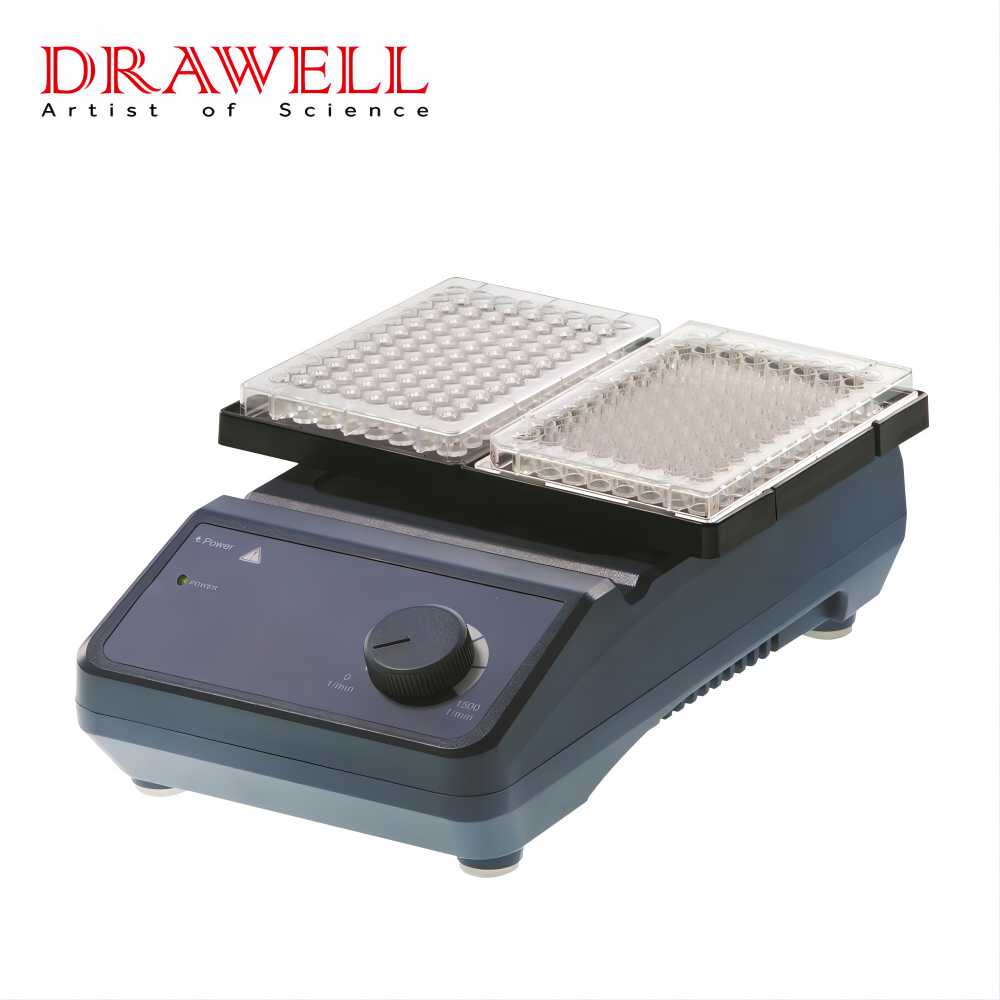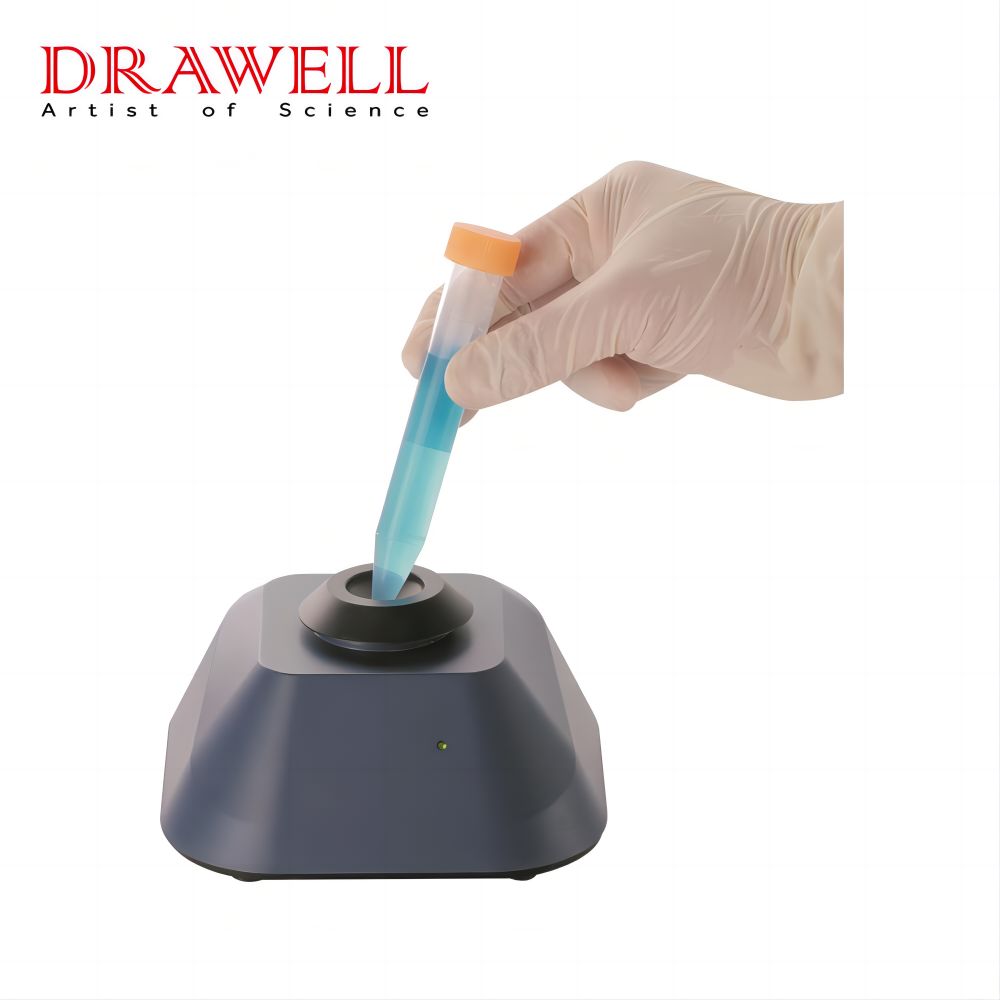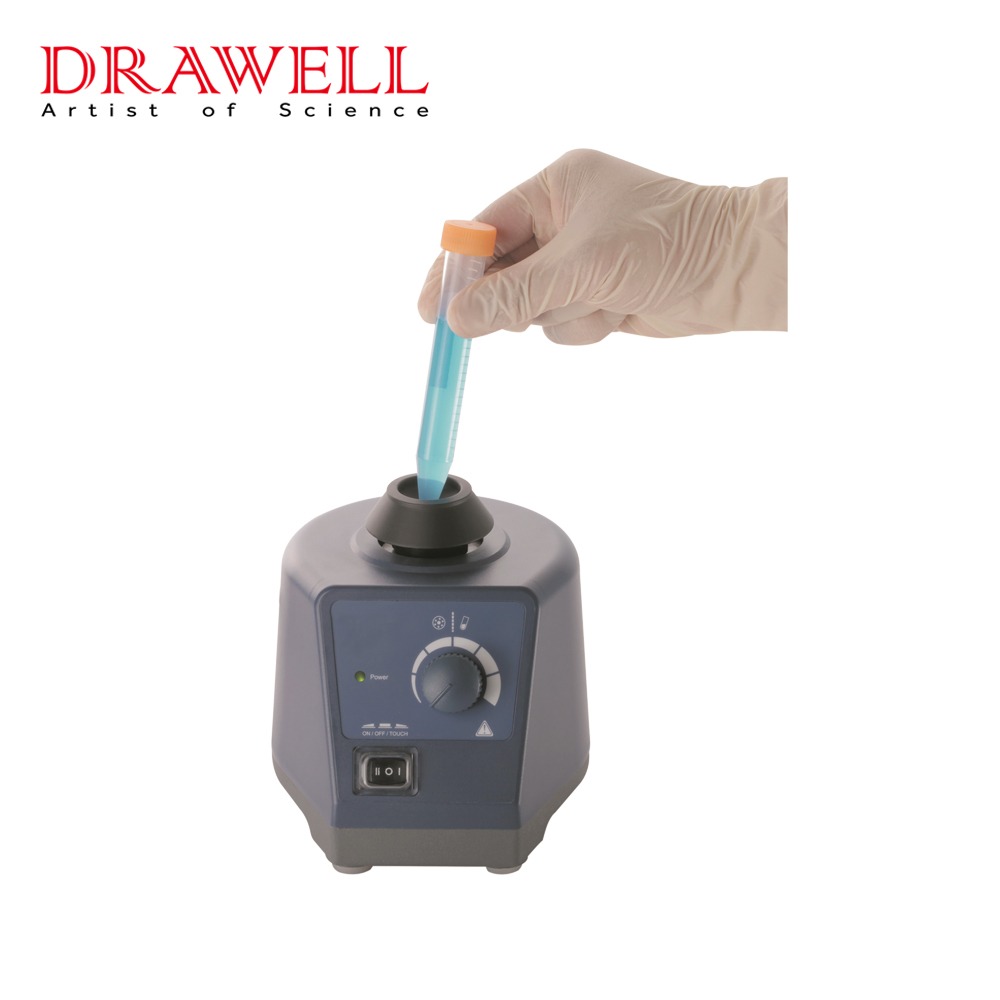In the realm of scientific research and laboratory practices, vortex mixers stand as indispensable tools for efficient sample mixing. These devices, characterized by their compact size and powerful mixing capabilities, have revolutionized the way scientists and technicians prepare and analyze various liquid samples. This comprehensive guide delves into the intricacies of vortex mixers, exploring their types, mechanisms, and safe operation, empowering users with the knowledge to effectively utilize these essential laboratory instruments.
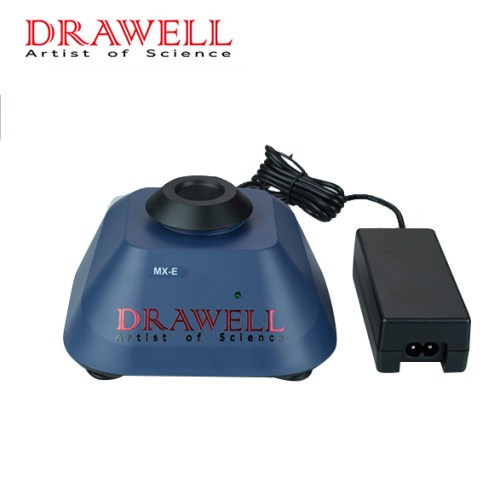
Unveiling What is a Vortex Mixer: A Laboratory Essential
A vortex mixer, also known as a vortexer, is a compact laboratory device designed to rapidly mix small volumes of liquid samples. Its name aptly reflects its operational principle, as it generates a vortex, a swirling fluid motion, that thoroughly agitates the liquid contents of a test tube or other compatible container. Vortex mixers are widely employed in various laboratory settings, including chemistry, biology, and clinical diagnostics, due to their ability to quickly and efficiently achieve homogeneous mixtures.
Types of Vortex Mixers: Catering to Diverse Needs
Vortex mixers come in various types to cater to the specific requirements of different laboratory applications. The primary classification distinguishes between touch-activated and continuous-run mixers. Touch-activated mixers require the user to place the sample container on the vortexing platform, activating the mixing mechanism upon contact. Continuous-run mixers, on the other hand, operate continuously, allowing for hands-free mixing.
1. Touch-Activated Vortex Mixers
Touch-activated vortex mixers are widely preferred for their simplicity and ease of use. They are particularly suitable for situations where precise control over mixing duration is essential. The user simply places the sample container on the vortexing platform, and the mixing action commences immediately. Upon removing the container, the mixing stops, ensuring precise control over the mixing process.
2. Continuous-Run Vortex Mixers
Continuous-run vortex mixers offer the convenience of hands-free mixing, making them ideal for applications requiring extended mixing periods. The user simply places the sample container on the vortexing platform, and the mixing action continues uninterrupted until the container is removed. This feature is particularly useful for tasks such as resuspending cell pellets or maintaining homogeneous mixtures over time.
Unveiling the Working Principle of Vortex Mixers: A Symphony of Motion
The heart of a vortex mixer lies in its ability to generate a vortex, a swirling fluid motion that effectively mixes the contents of a sample container. This motion is achieved through a rotating eccentric shaft, which imparts a whirling motion to the sample container placed on the vortexing platform. The eccentric shaft’s off-center placement creates a vortex, effectively mixing the liquid sample within the container.
1. The Role of the Eccentric Shaft
The eccentric shaft serves as the driving force behind the vortex mixer’s mixing action. Its intentional off-center placement within the device causes the vortexing platform to rotate in a circular motion. This rotational motion, transferred to the sample container placed on the platform, generates a vortex within the container, effectively mixing the liquid sample.
2. Achieving Homogeneous Mixtures
The vortex mixer’s ability to generate a vortex ensures that the liquid sample is thoroughly agitated, resulting in a homogeneous mixture. The vortex’s churning action breaks down any stratification or separation within the sample, ensuring that the components of the mixture are evenly distributed throughout the liquid phase.
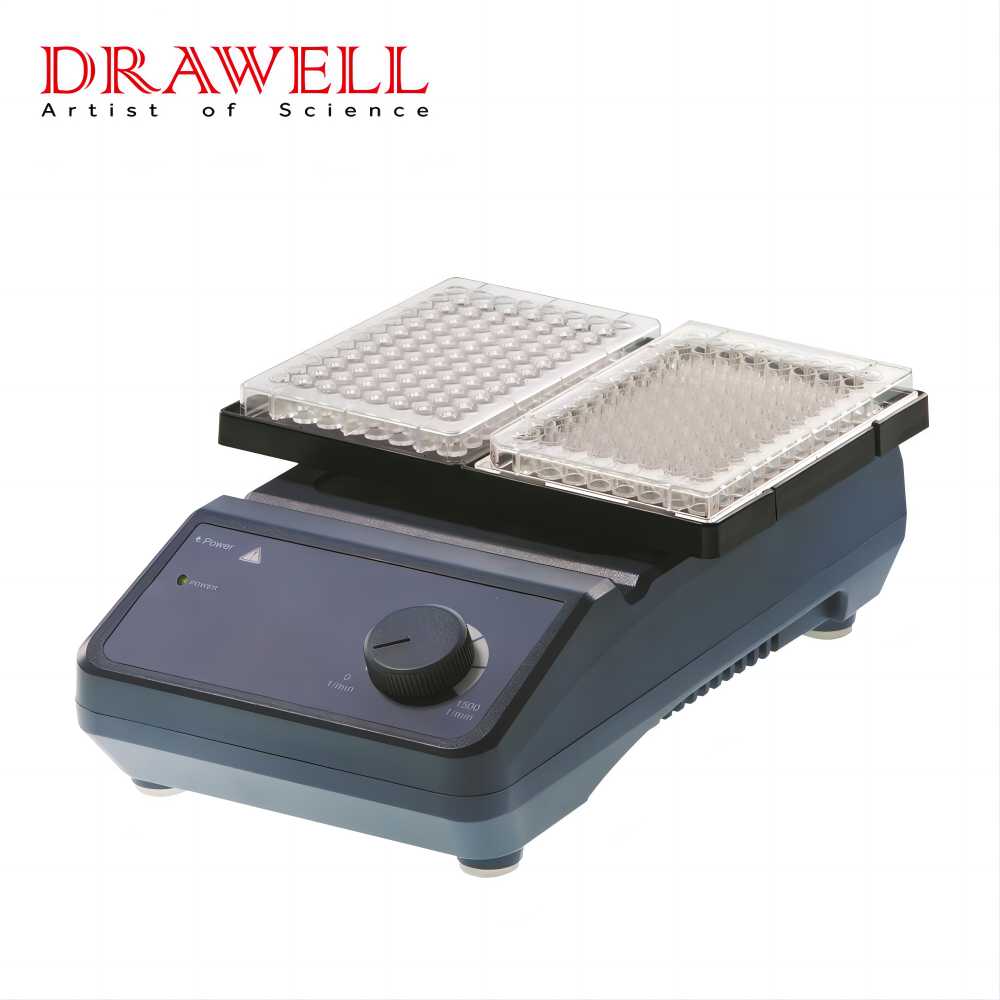
Safe Operation of Vortex Mixers: Ensuring User Well-being
While vortex mixers are relatively safe devices, it is crucial to adhere to proper safety guidelines to prevent accidents and ensure user well-being. Here are some essential safety practices on how to use a vortex mixer as follows:
1. Secure Sample Containers:
Ensure that sample containers are securely placed on the vortexing platform to prevent spills or breakage. Use appropriate adapters or inserts if necessary to ensure a snug fit and prevent the container from tipping over during mixing.
2. Avoid Overfilling Containers:
Avoid overfilling sample containers to prevent splashing or leaks during mixing. Overfilling can increase the risk of spills, particularly when using touch-activated mixers where the container is lifted and replaced periodically.
3. Wear Appropriate Protective Gear:
Wear appropriate personal protective equipment (PPE) when using a vortex mixer, including safety glasses and gloves, to protect your eyes and hands from potential spills or splashes.
4. Avoid Prolonged Contact:
Avoid prolonged contact between your hands and the vortexing platform, especially while the device is in operation. The continuous vibration of the platform can lead to discomfort or numbness in the hands.
5. Handle with Care:
Handle the vortex mixer with care to prevent damage to the device or injury to yourself or others. Avoid dropping the device or subjecting it to excessive force or impact.
6. Regularly Clean and Maintain:
Regularly clean and maintain the vortex mixer to ensure optimal performance and prevent contamination. Clean the vortexing platform and surrounding area after each use to remove any spilled liquids or debris.
7. Mind the Electrical Hazards:
Use the vortex mixer only with a properly grounded power outlet. Avoid using the device in the presence of water or other liquids to prevent electrical hazards.
8. Disconnect When Not in Use:
Disconnect the vortex mixer from the power outlet when not in use to prevent accidental activation. This also helps to extend the lifespan of the device.
9. Follow Manufacturer’s Instructions:
Always consult the manufacturer’s instructions for specific safety guidelines and operating procedures related to your particular vortex mixer model.
10. Report Any Malfunctions or Damage:
Immediately report any malfunctions or signs of damage to the vortex mixer to a qualified technician or laboratory personnel for proper maintenance or repair.
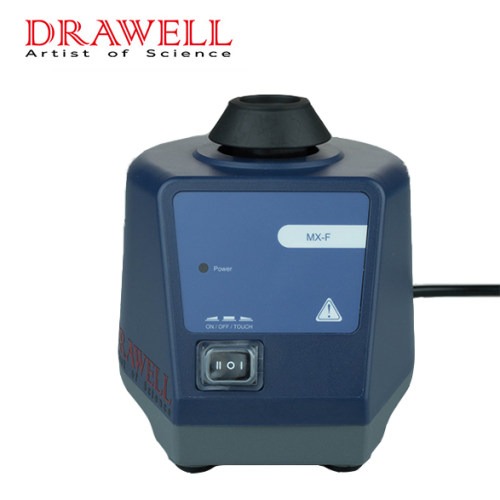
Applications of Vortex Mixers: A World of Possibilities
Vortex mixers have found widespread application in various scientific disciplines, each utilizing their unique mixing capabilities to achieve diverse outcomes. Here are some notable examples:
1. Sample Preparation in Chemistry:
Vortex mixers play a crucial role in preparing chemical solutions and mixtures in chemistry labs. They are used to dissolve solids into liquids, homogenize mixtures, and efficiently mix various reagents.
2. Cell Lysis and DNA Extraction in Molecular Biology:
In molecular biology, vortex mixers are employed for cell lysis, the process of breaking open cells to release their contents, including DNA. They are also used to mix reagents during DNA extraction procedures.
3. Immunoassays and Immunoenzymatic Techniques:
Vortex mixers are essential tools in immunoassays and immunoenzymatic techniques, which rely on the specific interaction between antibodies and antigens. They are used to thoroughly mix antibodies and antigens, ensuring efficient binding reactions.
4. Mixing Paints, Inks, and Adhesives:
Beyond laboratory applications, vortex mixers are also used in various industrial and artistic settings. They are employed to mix paints, inks, and adhesives, ensuring uniform color distribution and optimal performance.
5. Maintaining Homogeneous Mixtures:
Vortex mixers are valuable for maintaining homogeneous mixtures over extended periods. They are used to prevent sedimentation or separation of components within a liquid mixture, ensuring consistent composition throughout the solution.
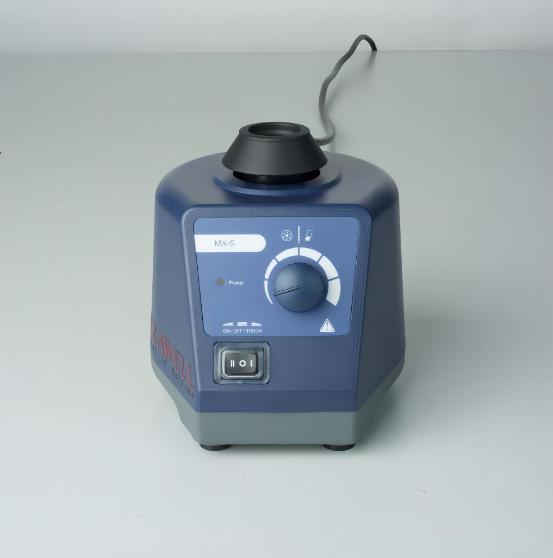
Summary: A Versatile Tool for Laboratory Efficiency
Vortex mixers have established themselves as indispensable tools in various laboratory settings, offering a simple, efficient, and safe method for mixing small volumes of liquid samples. Their versatility and ease of use have made them an essential piece of equipment for scientists and technicians across diverse disciplines. By understanding the principles of operation, safety guidelines, and diverse applications of vortex mixers, users can effectively utilize these devices to enhance their laboratory practices and achieve reliable results.

